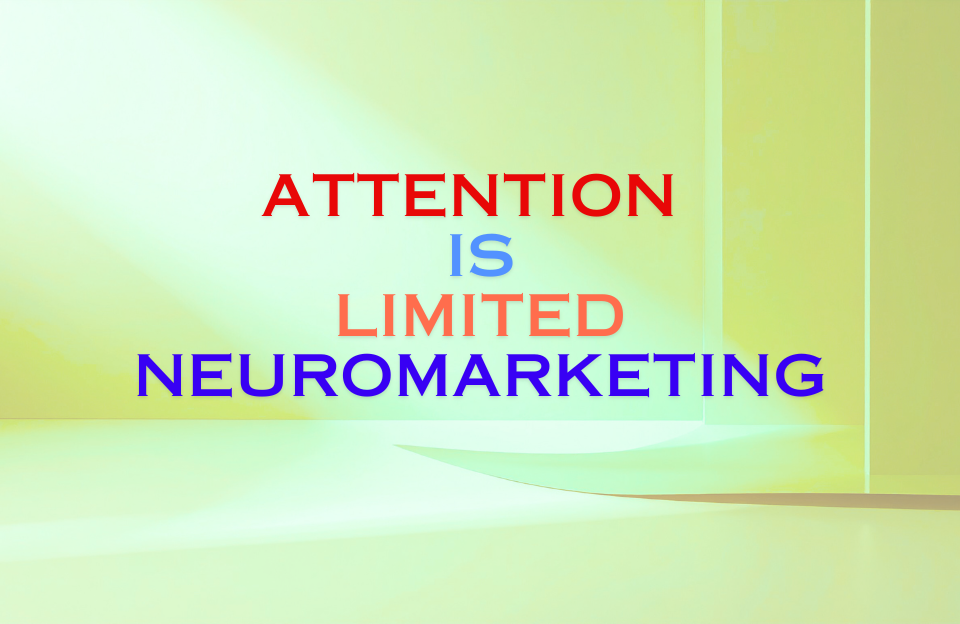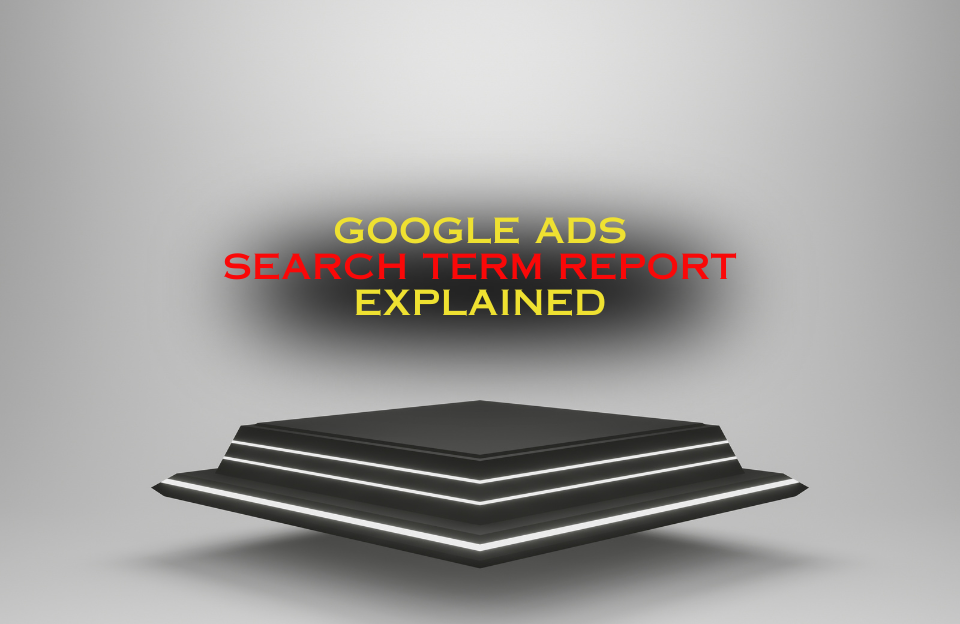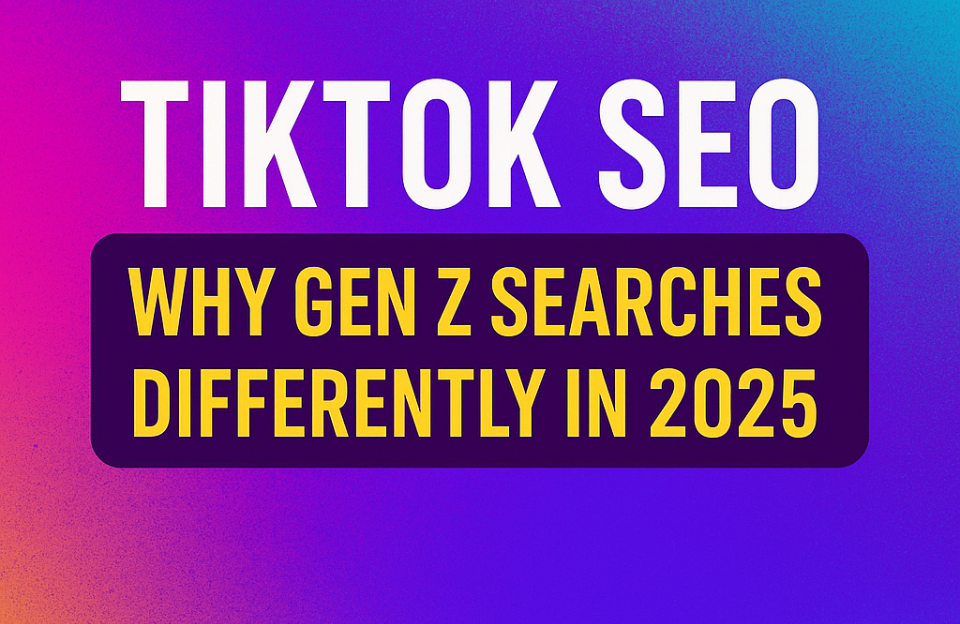Every day, we’re bombarded by messages, social posts, emails, ads, notifications, headlines, alerts. It’s overwhelming. Yet only a handful of these stimuli ever reach our conscious attention. The rest? Ignored, filtered out, forgotten. Why? Because attention is limited.
In an era of constant digital noise, marketers aren’t just competing against competitors. They’re competing against everything, group chats, YouTube thumbnails, Spotify ads, TikTok trends, and the next dopamine hit. If you want to break through, you need to understand how attention works and what actually triggers engagement.
The Brain Has a Finite Focus
Attention is a biological constraint. Our brain receives over 11 million bits of information per second but can consciously process only about 40. To survive and stay sane, we’ve evolved filters that automatically prioritize certain stimuli over others.
This process is known as selective attention. We notice what’s emotionally relevant, new, surprising, or urgent—while tuning out the rest. This filter is managed largely by a brain structure called the reticular activating system (RAS), which acts like a spotlight operator: highlighting only what’s deemed important in the moment.
Why Most Marketing Gets Ignored
If your content looks, sounds, and feels like everything else, it gets dismissed instantly. Familiarity is safe—but sameness is forgettable. Research shows that consumers scroll past digital content in less than 1.5 seconds if it doesn’t grab their attention. That’s not just a UX stat—it’s a neurological reality.
What this means for marketers: the battle isn’t just for awareness—it’s for salience. You must earn attention before you can earn clicks, conversions, or loyalty.
How to Trigger Attention and Engagement
To break through the brain’s filters, you need to align with the stimuli that it’s wired to notice. Neuromarketing reveals that the brain is drawn to:
- Contrast: Bright colors, bold typography, movement, or unexpected visuals.
- Emotion: Faces, human expressions, vulnerability, or storytelling.
- Novelty: Something new, unfamiliar, or “out of pattern.”
- Urgency: Limited time offers, danger cues, countdowns.
- Personal relevance: Names, geolocation, past behavior, customization.
By embedding these elements into your design, copy, or campaign strategy, you increase the likelihood of triggering the brain’s attention mechanisms—and keeping it engaged long enough to act.
Real-World Examples of Attention Triggers
- Spotify Wrapped: Personalization and vivid color contrast cut through feeds and spark sharing.
- Apple’s “Shot on iPhone” campaign: Simple, high-contrast visuals with minimal text = immediate impact.
- Duolingo TikTok strategy: Uses absurd humor and surprise to hijack attention in under a second.
- Airbnb listings: High-quality images and dynamic language (“charming hideaway” vs. “apartment”) outperform generic listings.
The Role of Cognitive Load
Even once you’ve captured attention, the next challenge is keeping it. This is where cognitive load comes in—the total amount of mental effort required to process something. If your content is too complex, wordy, or chaotic, the brain taps out fast.
To reduce friction and maintain engagement:
- Use short sentences and familiar language.
- Break up content with headings, visuals, and white space.
- Deliver one clear message at a time.
- Make calls-to-action obvious and easy to follow.
The easier something is to consume, the more likely it is to be consumed in full.
Designing for the Attention Economy
In today’s attention economy, time is the most valuable currency—and attention is the gateway to all behavior. Whether you’re designing a landing page, social post, or product video, the same rule applies:
If you don’t capture attention, nothing else matters.
Marketers who understand the psychology of attention don’t just get seen—they get remembered, clicked, bought, and shared.
Conclusion: Attention Is the Front Door to Engagement
Attention is scarce, fragile, and valuable. You can’t assume people will notice you—you must design for attention. That means understanding the brain’s filters, respecting cognitive load, and creating stimuli that are emotionally and perceptually impossible to ignore.
In a world of infinite content and finite brainpower, those who master the art of attention stand the best chance of making an impact.




